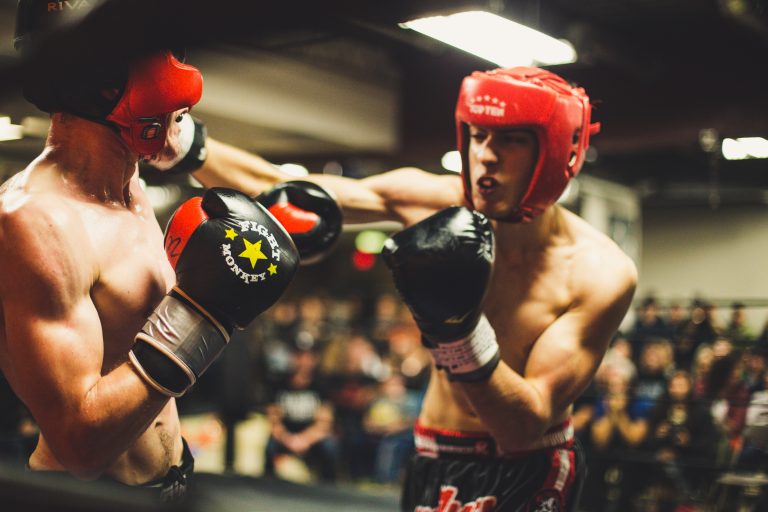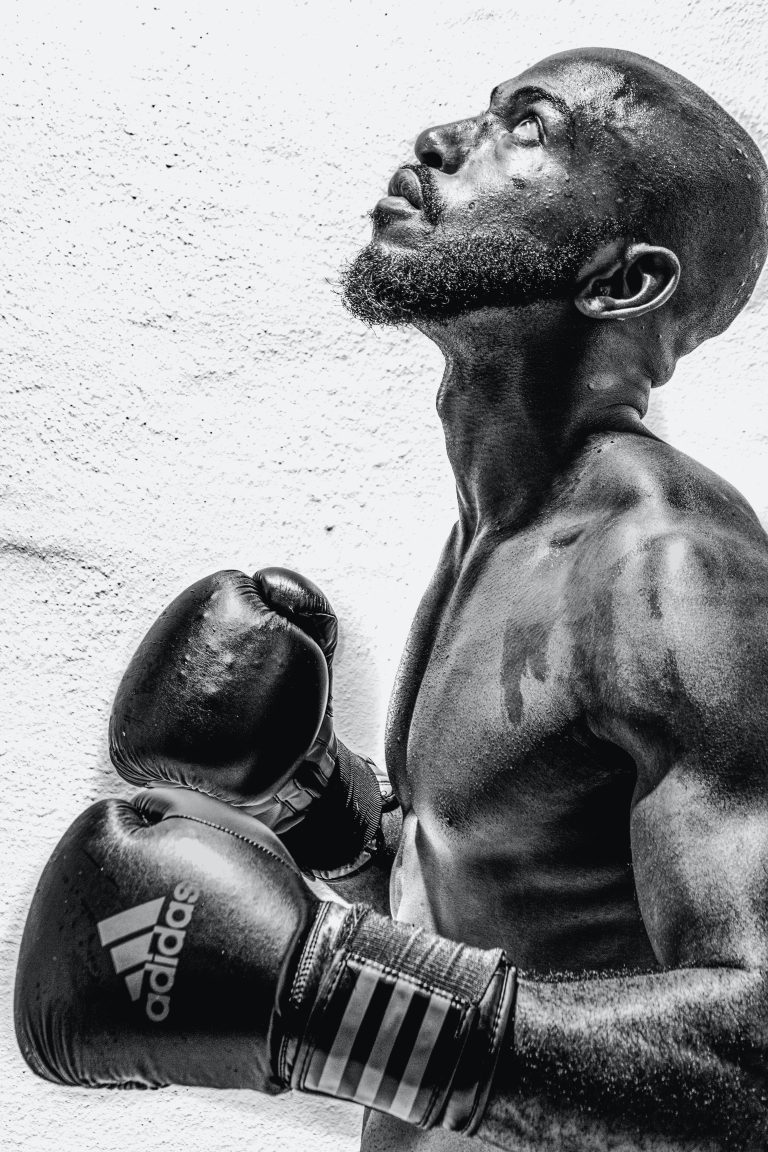The Negative Side of Karate
Karate is a martial art that originated in Okinawa, Japan. It is a popular sport that is practiced by many people all around the world. However, there has been a lot of controversy surrounding karate in recent years, with some claiming that the martial art is bad for you. In this blog post, we will explore the negative side of karate and why it may not be the best choice for everyone.
Broken Bones and Injuries
One of the most significant drawbacks of karate is the number of injuries that can occur while practicing the sport. Karate involves a lot of high-impact movements, such as kicks and punches, which can result in broken bones, dislocated joints, and muscle strains. While every sport comes with some risk, karate has a higher rate of injury than many other sports. This is due to the nature of the sport, as well as the intense training required to become proficient.
Aggressive Behavior and Violence
Another concern with karate is the potential for aggressive behavior and violence. While karate is meant to be a non-violent martial art that focuses on self-defense, it can also be used as a tool of aggression. The intense training required to become proficient in karate can also lead to a sense of entitlement or superiority, which can manifest itself in aggressive or violent behavior. This is especially concerning in younger students who may not yet have learned to control their impulses.
Expensive and Time-consuming
Karate is also an expensive and time-consuming sport. Classes can be quite costly, and students are often required to buy their uniforms and equipment. Additionally, becoming proficient in karate requires a significant amount of time and dedication. This can be challenging for individuals who have busy schedules or cannot afford the cost of classes.
Not Suitable for Everyone
Finally, karate may not be suitable for everyone. While it can be a good form of exercise and self-defense for some, it may not be appropriate for individuals with certain health conditions or disabilities. Additionally, karate may not be the best choice for individuals who are not comfortable with physical contact or who do not want to commit to the level of training required to become proficient.
Why Do Some People Believe Karate is Bad?
Karate is a popular martial art that has been around for centuries. However, many people have questioned the effectiveness and safety of this method of self-defense. Some wonder whether karate is even worth the time and effort to learn. In this blog post, we will explore some of the most frequent concerns that people have and provide evidence-backed responses that may ease their doubts.
Does Karate Promote Aggression?
This is a common concern among parents who may worry that their child will become more aggressive after beginning karate classes. However, according to research, karate training emphasizes discipline, respect, and self-control as core values. In fact, many schools promote anti-bullying programs and encourage students to use self-defense techniques only as a last resort once all other options have failed. Therefore, karate does not promote aggression, but fosters respect and self-discipline.
Can Karate Cause Serious Injuries?
Like any physical activity, there is always a risk of injury while practicing karate. However, research suggests that karate injuries occur less frequently and are less severe compared to other popular sports, such as football or basketball. This is because karate emphasizes control, respect, and safety, with proper training and equipment used to minimize the risk of injuries. Ultimately, any activity comes with inherent risks, but when practiced correctly, karate can be a safe and enjoyable activity.
Is Karate an Effective Form of Self-Defense?
The effectiveness of karate as a form of self-defense has been questioned in recent years, with some suggesting that it is not practical in real-life situations. However, many experts argue that karate is indeed an effective self-defense technique, with strikes and kicks aimed at vital points that can effectively neutralize an attacker. By training in karate, practitioners learn effective techniques and gain increased self-confidence in their ability to defend themselves when necessary.
Does Karate Have a History of Violence?
Karate’s history is rooted in an ancient practice of self-defense in which individuals used techniques to protect themselves from harm. However, modern karate schools, practitioners, and organizations have worked to promote non-violence and respect in their teachings, going as far as to remove violent or aggressive elements common to other martial arts practices. While there are always exceptions to the rule, karate has evolved substantially over the years, emphasizing self-control, discipline, and respect, and violence should not be associated with modern day karate training.
Is Karate a Waste of Time?
Some people may question whether or not it is worth it to participate in karate due to concerns over its effectiveness, safety, or cost. However, for many, karate can be a valuable experience, promoting confidence, discipline, and physical fitness. Additionally, the values instilled through disciplined karate practice can translate to everyday life and aid in personal growth. In terms of costs, many karate schools offer affordable tuition fees, and the benefits of a regular practice can transcend their costs.
How to Avoid the Negative Effects of Karate
Karate is a martial art that has been popularized around the world as a form of self-defense and physical fitness. However, there are some who argue that the practice of karate can be harmful to one’s well-being. In this post, we will outline several steps you can take to avoid the negative effects of karate.
Step 1: Choose a Certified Instructor
The first step in avoiding the negative effects of karate is to choose a certified instructor who has extensive knowledge and experience in the field. Karate instructors should be certified by reputable organizations such as the World Karate Federation (WKF) or the International Karate Federation (IKF).
Step 2: Wear Proper Protective Gear
Another important step in avoiding the negative effects of karate is to wear proper protective gear. Karate involves a lot of blows and strikes, so it is important to wear equipment such as helmets, gloves, and shin guards to protect vital areas of the body from injury.
Step 3: Warm up Before Training
Before starting a karate training session, it is important to warm up your muscles to reduce the risk of injury. Simple stretches, jumping jacks, or walking around can be enough to get your blood flowing and prepare your body for the physical demands of training.
Step 4: Focus on Proper Form and Technique
Proper form is critical when practicing karate. Beginners should focus on learning the correct technique and form for each move. This will help to avoid unnecessary strain on the joints and muscles, reducing the risk of injury.
Step 5: Listen to Your Body
When learning karate, it is important to listen to your body and avoid overexertion. Pushing yourself too hard or ignoring signs of fatigue can result in injury and other negative effects. It is important to take breaks when necessary and to stay hydrated to avoid dehydration.
Step 6: Gradually Increase Training Intensity
Karate training should be viewed as a journey, not a destination. Gradually increasing the intensity of your workouts over time will help to build strength and endurance without risking injury. Start with low-intensity workouts and gradually increase the difficulty level as you become more comfortable with the movements.
Step 7: Find a Supportive Community
Finally, finding a supportive community of like-minded karate practitioners is an important step in avoiding the negative effects of karate. A supportive community can provide encouragement, motivation, and a sense of belonging that can help to keep you engaged in your practice.
In conclusion, while there may be some negative effects associated with karate, it is possible to avoid these risks by taking the necessary precautions and following the steps outlined in this post. By finding a certified instructor, wearing proper protective gear, warming up before training, focusing on proper technique, listening to your body, gradually increasing training intensity, and building a supportive community, you can enjoy the many benefits of karate without putting your health at risk.
Inhaltsverzeichnis






